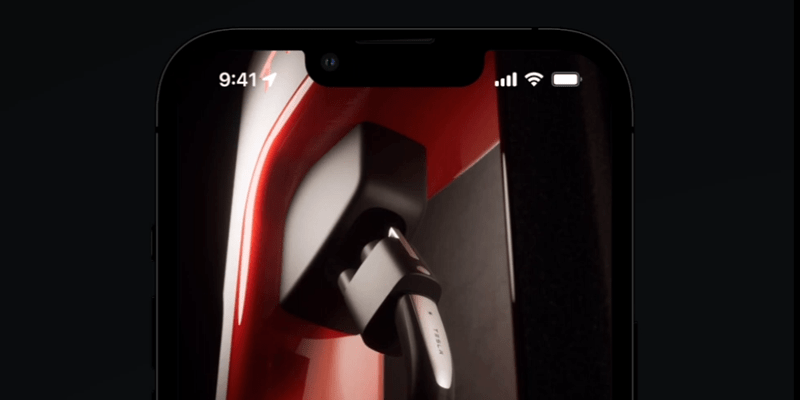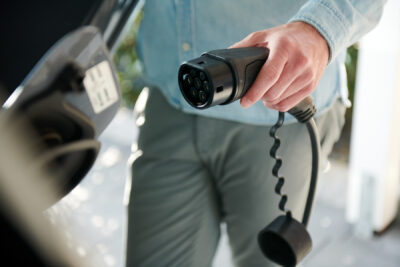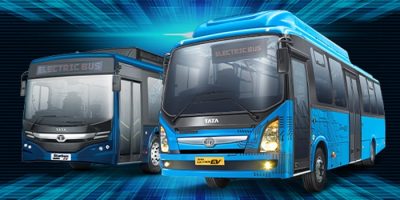Tesla is the biggest winner in US fast charging grants
Tesla is winning the US race for federal infrastructure funding due to a significant cost advantage. According to the Wall Street Journal, Tesla has been awarded more sites than any other company to help build out the nationwide fast charging network.
Citing data from analytics firm EVAdoption, Tesla has won about 18 per cent of sites in five US states. WSJ writes that 8.5 per cent of the $77 million in funding awarded so far has gone to Tesla.
The main reason is that the EV maker is building charging stations cheaper and faster than competitors. Tesla quotes about $392,000 per site compared to an average €795,000 bid by other CPOs. An example from Maine dug out by the paper shows how dramatic the cost advantage is – Tesla incurred hardware costs of $17,000 per fast charger, compared to $130,000 for another unnamed company.
Tesla also plans more fast chargers per location (usually eight, sometimes twelve, in line with its Supercharger stalls). At the same time, other companies typically stick to the government’s minimum requirement of four fast chargers per location.
The company, of course, also had a headstart. Tesla started building its formerly exclusive Supercharger network a decade ago, now the nation’s largest. The US only has around 33,400 fast chargers, according to government data. Three out of five of these fast chargers are in Tesla’s network, according to the WSJ.
“We’re vertically integrated,” said Rebecca Tinucci, Tesla’s head of global charging infrastructure, at an investor meeting in March. “We manufacture and engineer all of our own charging equipment.”
The company has established relationships with utilities and local government offices that must approve paperwork, and in some spots has started installing fully assembled charging stations that it transports by truck and plunks down like Legos, cutting construction time. “They move at the speed of light,” Loren McDonald, CEO of EVAdoption, said about Tesla when speaking to the WSJ.
And, the network is becoming the nation’s go-to solution. While first proprietary, Tesla said in February it would open part of the network to other vehicles. Then, in August, the company reportedly opened all Superchargers in the US to other EVs via the Magic Dock. It also promised to fit its chargers with connectors that work with different kinds of cars, qualifying it for federal money and endorsed explicitly by the White House in its latest NEVI funding, as reported.
In turn, most carmakers have jumped on the Tesla train and will install Tesla’s own NACS connectors in their US models. Ford, General Motors, Volvo Cars, Polestar, Rivian, Nissan and Mercedes-Benz announced that they would adopt Tesla’s NACS; so far, the timeline has always been the same: from 2024, charging at the Superchargers will be possible via an adapter, then from 2025, with full NACS integration.
In yet another turn, states like Kentucky and possibly Washington and Texas, reportedly require charging infrastructure providers to implement the Tesla charging system as a condition of receiving state funding.
As for federal funding, some states are starting to release the first wave of about $5 billion intended for a national EV charging network along American highways. The 2021 federal infrastructure law approved the money that is being released over five years.
To unlock the ‘National Electric Vehicle Infrastructure’ funding, NEVI for short, all 50 states of America, the District of Columbia and Puerto Rico had to submit EV infrastructure deployment plans to access NEVI funding.
In Ohio, Hawaii, Pennsylvania, Maine and Colorado, the money has arrived and this is where Tesla took 18 per cent in funding for its charging hubs.
Other winners include large US convenience stores and truck stops since they own property at highway exits. They have largely avoided significant charging investments while the nascent industry remains unprofitable, writes WSJ, but are applying for funding to help launch themselves into selling electricity as fuel. Many plan to join with EV-charging networks, including Tesla, to build and operate equipment on their properties. This is similar to what is happening at BP and Shell in Europe. BP aims to invest $1 billion in EV charging in the US by 2030.
Around 73% of the locations chosen were convenience stores or truck stops, according to EVAdoption.
President Biden aims to have 500,000 public chargers in the ground by 2030, up from almost 145,000 now, including slower chargers. This is part of the one-trillion-dollar bipartisan infrastructure law released in November 2022.





0 Comments